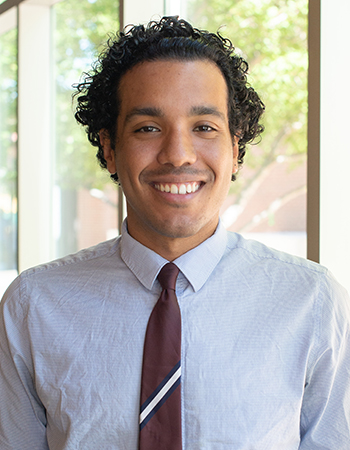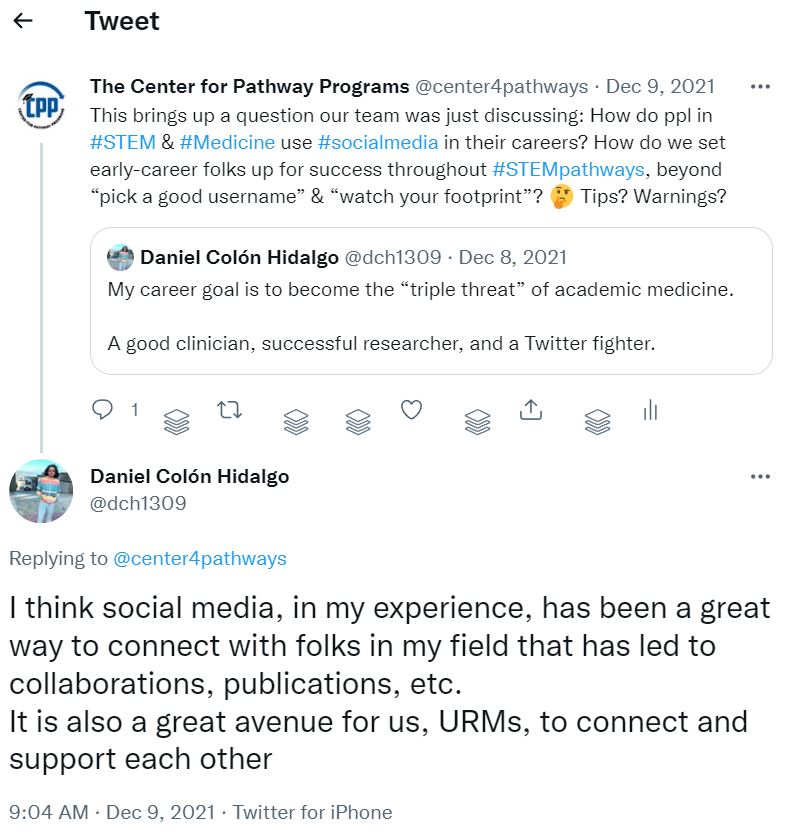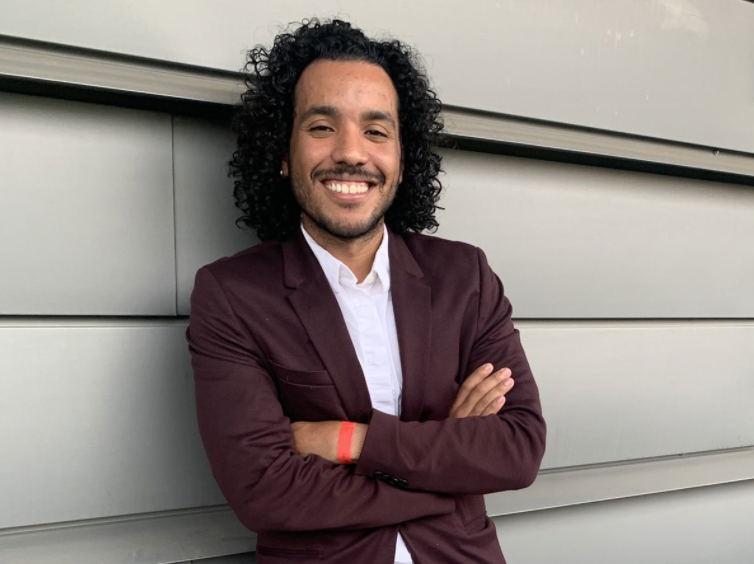By Amber Richardson, Senior Program Coordinator at the Center for Pathway Programs

Daniel Colón Hidalgo, MD MPH, is a second-year pulmonary and critical care fellow studying pulmonary hypertension at the University of Colorado. In his experience as a physician-researcher, Dani has often heard colleagues talk about being a “triple threat” in academic medicine—a good clinician, a good researcher, and a good educator. But Dani proposes that, especially in this digital age, the third proficiency in that adage could now be social media.
At the Center for Pathway Programs, our team has become increasingly curious about the role of social media in the professional sphere. Students and early career professionals receive cautionary tales about minding one’s digital footprint, but this advice is often limited to surface-level warnings about picking a sustainable username or fearing the permanence of digital content. We talked to Dani to explore one physician-researcher’s perspective on social media as a tool for becoming this “triple threat”.

For Dani, social media—specifically, Twitter—has been an invaluable tool for research, networking, and collaboration. Dani uses Twitter almost daily to connect with people conducting research similar to his, both in the basic science and social justice spaces. He also uses the tool to connect with Black and Brown pre-meds, students, residents, and others who are “behind him” in their pathways. Most impressive, perhaps, is that Dani’s social media use has led to multiple publications.
Once, while scrolling Twitter, Dani noticed a paper co-authored by Jack Iwashyna, MD, Ph.D., which mentioned the unreliability of pulse oximeters when measuring oxygen saturation in Black patients. Jack is a pulmonary critical care doctor and senior researcher at the University of Michigan with an active community of nearly 13,000 Twitter followers. At the time, Dani noted the mention of the disparity without surprise; the inequity was just another, typical, example of unaddressed racism in medicine. But a few months later, when the same oximeter issue resurfaced in his fellowship’s journal club, Dani took to Twitter to air his frustration. Pulse oximeter inaccuracy in Black patients was noted in the 90s, the 2000s, and now again, yet nothing was being done to solve the problem. Dani reached out to Jack, who connected him with a colleague in the UK and a fellow at the University of Michigan. The three began a collaboration that would later result in a publication in the Lancet.
“That whole thing came out of a social media interaction,” Dani says. “I’ve never met Jack in person and I’ve seen him on Zoom once. I’ve never seen my co-authors in person either. So that was a great way that I can say that social media has had a positive impact on my career.”
“…The next time we’re able to, I just can’t wait to go to conferences to meet all of the people I’ve met in this way.”
That wasn’t the last time that a “Twitter rant” would lead to something productive for Dani. Once, while on a flight, Dani came across a piece published in both the New England Journal and Journal of the American Medical Association in which the authors questioned the existence of racism in medicine. “I was really pissed and not in a good headspace,” says Dani. “So I ranted for a few pages and then emailed Jack. I told him that the topic [of the rant] was how our own [medical] community denies racism when we are the evidence that the community discriminates against us.” Jack gave Dani pointers and offered extensive support with the writing and editing process.
But Dani didn’t stop there. He wanted to feature a voice other than his own, so he reached out to Imani McElroy, MD, MPH, another social media contact whose voice was prominent in the health disparities space but whom he’d never connected with in person. Dani and Imani worked together to publish a powerful, well-received piece on the racial trauma experienced by people of color in academic medicine. “Obviously it got some hate mail,” said Dani. “But it’s okay. I can deal with it.” Imani and Dani wouldn’t meet in person until the next year after their paper had already been published.

There has been no blueprint for Dani on how to conduct himself on social media or use it for career advancement. Everything he’s learned has come from his own experience. He doesn’t adhere to a strict posting schedule or concern himself with crafting a social media strategy; instead, he reposts content that aligns with his interests and comments on issues when he wants to join the discussion. He looks to others with large, engaged audiences for pointers on how he might gain more followers.
Dani recognizes that social media can also be a powerful tool for self-promotion, but admits that he—and others in his field—have a hard time allowing themselves to indulge. Ironically, while they acknowledge the utility of discovering scientific publications on social media, some academics hesitate to publish their own, fearing accusations of self-aggrandizement or disparagement of their work.
While Dani praises the platform for its many advantages, he slo acknowledges that there can be drawbacks to being so vocal on social media. “When you post something and have all these anonymous trolls spreading misinformation and claiming that COVID is fake or being racist, sexist, or homophobic, social media can be a pretty discouraging place,” he says. “There are times when I need to put my phone down a bit.”
Yet overall, Dani describes social media as a “wonderful experience”, especially in a world where human interactions are severely limited due to COVID. “Outside of publishing, the community of people I’ve met—who I now talk to often, outside of Twitter—has been wonderful. There are people in my specialty at different sites; people outside of my specialty; Black, Hispanic, Latinx, and Indigenous folks, and people from other minority groups…And the next time we’re able to, I just can’t wait to go to conferences to meet all of the people I’ve met in this way.”
